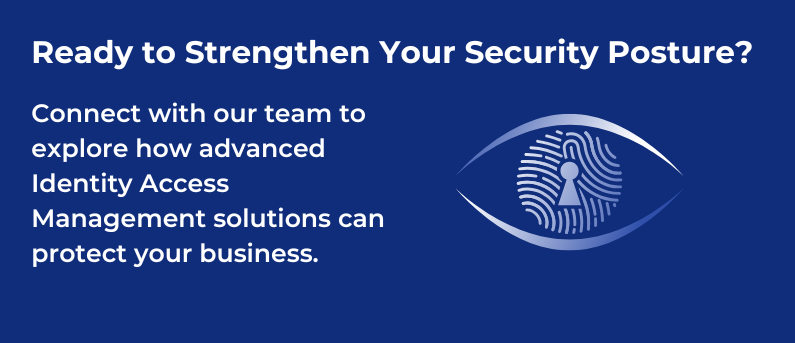Database Access Control: Strategies for Protecting Sensitive Information

Contents
Database access control is a method of allowing access to a company’s sensitive data only to those people (database users) who are allowed to access such data and to restrict access to unauthorized persons. To keep your data secure, we'll discuss database access control mechanisms and best practices in this blog post.
What is Database Access Control?
The protection of a database's data from illegal access, modification, or destruction is known as database access control. View control is essential to database security since it ensures that only people with permission to view particular data may do so. There are many ways to implement access control systems, including through authentication, authorization, and encryption. Access control restrictions can be applied at different levels, including the application, database, and operating system levels.
Key Database Access Control Strategies
Role-Based Access Control (RBAC)
A popular access control approach that grants access to particular data based on a user's position within the company. Each position has unique permissions that grant access to particular kinds of data. An IT administrator, for instance, may have access to all the data in the database, whereas a marketing team member may only have access to marketing-related information.
Attribute-Based Access Control (ABAC)
A more precise access control approach that grants access to particular data depending on a user's attributes. Job title, location, and department are examples of attributes. For instance, an employee in the finance division might only have access to financial information relevant to their particular location.
Mandatory Access Control (MAC)
A high-security access control system that uses security labels to safeguard data. Data has security labels added, and only users with the proper clearance level can access it. This methodology is frequently applied in government and military settings when the data sensitivity is high.
Database Security Best Practices
Ensuring the security of databases is of utmost importance in safeguarding sensitive information and preserving the integrity of organizational data. To protect against unauthorized access, data breaches, and potential vulnerabilities, it is crucial to implement optimal strategies for securing databases. The following best practices outline effective methods to fortify database security and minimize the risks associated with unauthorized access and data compromise.
- Strong Authentication Mechanisms - By using these, you can be sure that only authorized users can access the database. Passwords must be challenging and updated frequently. Two-factor authentication is a good technique to strengthen the authentication process' security.
- Regular Auditing and Monitoring - Regular audits and monitoring of database activity can aid in discovering illegal access attempts or dubious behavior. Monitoring can assist in spotting potential weak points in the access control systems.
- Encryption - Encryption is one essential element of database security. Encryption should be used for sensitive data, both in transit and at rest. Even if an attacker manages to access the data, encryption ensures they won't be able to read it without the right decryption key.
- Limit Access to Sensitive Data - Only users who need access to sensitive data to carry out their job obligations should have it. Either RBAC or ABAC can be used to implement this.
- Update Access Control Policies Frequently - Access control guidelines should be updated frequently to reflect organizational changes like recruits or shifting job duties. Only authorized users get access to the proper data, thanks to routine updates.
Any organization's primary concern is protecting sensitive information, and database access control is a crucial process. By putting access control strategies and best practices into place, you can help ensure that only authorized users have access to particular data and that your database is secure. These strategies and best practices include RBAC, ABAC, MAC, strong authentication mechanisms, encryption, and regular policy changes.
Conclusion
Incorporating an Identity and Access Management solution into a database environment is crucial for implementing the aforementioned best practices tailored to databases. IAM solutions offer a centralized approach to controlling and managing user identities, access privileges, and authentication mechanisms. By leveraging an IAM solution, database administrators can enforce robust authentication methods like two-factor authentication, streamline access control policies, and guarantee that only authorized users can access particular data within the database. Integrating IAM into the database infrastructure strengthens security measures and enhances data protection.
Identity Fusion partners with leading organizations across the United States, offering invaluable expertise in steering them through the complexities and subtleties of establishing a resilient IAM framework. This empowers them to fortify their security posture and enhance operational efficiency. Reach out to us today to elevate your organization's performance.


